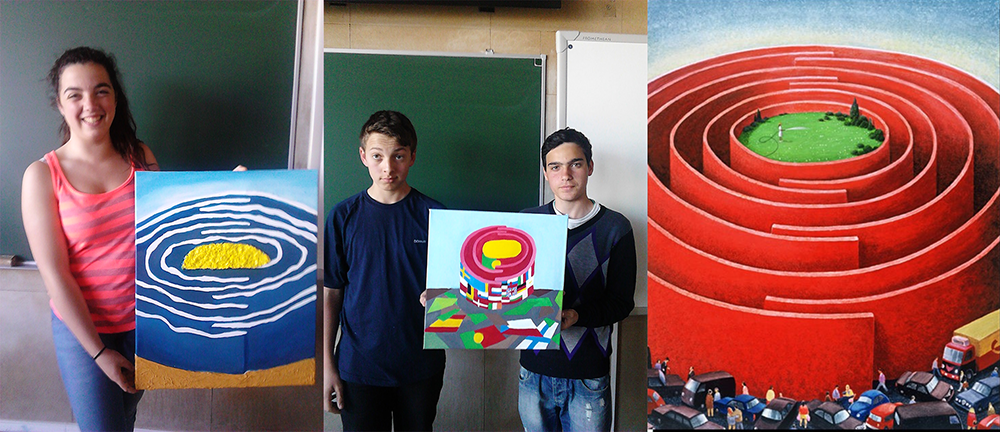Escola De Aver-o-Mar - Portugal
Region: Póvoa de Varzim
Other schools in the Quad Blog: Oulun Suomalaisen Yhteiskoulun Lukio (Finland), Gymnazium Na Zatlance (Czech), Institut Vicenç Plantada (Spain)
Creative Connections Project: Identity: European and national
Context
The school belongs to the group of schools of Aver-o-Mar and is located by the sea, in an area with rich traditions related to fishing and agriculture. Aver-o-Mar (means in English “watching the sea”) is a little village 2km north of the city of Póvoa de Varzim.
Aver-o-Mar is a fishing village which is experiencing serious difficulties at the present time in relation to labour and economy. The farmers in the area are employed less on the land and are increasingly employed in the construction industry plus migrant families from different backgrounds, who come to the area in search of work, struggle with labour issues and integration.
The group of schools in Aver-o-Mar has 1,581 pupils ranging from preschool to 9th grade (96% of these pupils are Portuguese). Predominantly the pupils come from low-income families with 67% of the students receiving social assistance.
The school has a good image in the community and dropout from school is almost non-existent. Results from the external evaluation (based on the exams at the 4th, 6th and 9th grade) are lower than the national average.
Participants
21pupils were involved in the Creative Connections project; six girls and 15 boys from the 9th grade class. All of them lived near the school. When asked about their favourite subjects at the beginning of the school year, only one student mentioned Art. Sport was clearly the most popular subject, followed by the Portuguese language.
The Project
The school of Aver-o-Mar and the teacher were invited to participate in the Creative Connections project only in the beginning of December in replacement for a teacher from another school who had to withdraw due to illness. Both the school director and the teacher joined the project with enthusiasm. The teacher has a degree in Arts (painting) and she is an artist.
After the teacher training session, the teacher proposed that the project would integrate the Art History module that she had begun teaching. However, she felt that she could only spend a few lessons on the project because of the goals assigned to the curriculum of the 9th grade. The curriculum was mentioned as a constraint and the teacher added that:
If this project was to be developed in the next school year, probably it wouldn’t be possible, because there is a Curriculum Reform going on and the Visual Education curriculum will be much more rigid and with less hours.
It was agreed that the project would address questions related to local and European identity. In relation to local identity, from the beginning, students brought to the theme issues related to their identity as Portuguese and also as Póvoa’s inhabitants.
It was also established that other teachers in the school would become involved in the project: the ICT teacher who could assist students in using the website and the Maths teacher, who was enthusiastic about photography and organised a photography club for students.
The class teacher began the first lesson by recalling what the class had already done in previous lessons concerning visualisation and analysis of works of art from medieval to contemporary art and she also introduced the Connected Gallery from the Creative Connections website.
In the following lessons, students worked individually and in small groups, autonomously, with the supervision of the teacher. The role of the teacher was mainly to guide using questioning and dialogue. The five lessons within the project were held in a free studio environment.
Students conducted their studies and chose different resources and techniques: painting, mixed media, charcoal and collage. These studies were based on an artwork selected by the students from the project Artwork Database. They worked and interpreted, assuming as a starting point their identity as citizens of the European Union, as Portuguese and as Poveiros citizens (from Póvoa de Varzim).
Although they were interested in the information about the different artists’ nationality they explored with more interesting the specific works of Portuguese artists. Students worked on the artwork of artists of different countries, namely:
- Red Labyrinth, 2004 (Nuno Barreto)
- Self-portrait, 1968 (José Guimarães)
- This and This and Little This, 1991 (Jirí Kornatovsky)
- Znaky/Sings, 1994 (Eduard Ovcácek)
- Love Song, 2006 (Adel Abidin)
The goal of the teacher was
That students experienced freedom in all phases of the project: in exploring artworks, in choosing materials and techniques, in choosing to work alone or in group….
Since the beginning of the project, students brought the local cultural characteristics to the theme of European/National identity. There was a sense of pride in the perceived uniqueness of the local culture.
In one student’s voice:
We want to show the others our traditions.
During this process students became more aware of the works of others and of the perspective of others. The following observation was registered as an anecdotal record by the researcher:
Based on the spiral of Nuno Barreto, two boys elaborated another spiral, where European flags were represented; it was given a special highlight to the flags of all the countries that participate in Creative Connections project. In the centre of the spiral was represented the Portuguese flag. After questioning, there was an interesting discussion among students on that issue. As one of the students said ‘someone from another country would represent the centre differently;’ the centre may change as it is the place where we are.
At the end of the school year, there was an exhibition of the works done by the students in the Arts classroom, and an exhibition in an Art Gallery in Póvoa was also planned.
Blogging was very limited. One of the possible constraints may be related to the final exams in the 9th grade. Students at 9th grade finish classes earlier and have the final weeks dedicated to preparation for exams. After completing 9th grade students move to another school.
Research on Local Culture: the Póvoa’s Writing
Students carried out research on the Póvoa’s writing. The siglas poveiras is a proto-writing system that has been used by the local community of Póvoa de Varzim for many generations. It is a rudimentary visual communication system that came from Viking settlers about a thousand years ago and these marks are also present in Scandinavia, where they were called bomärken. The siglas were primarily used as a signature for family coat-of-arms in order to mark family belongings.
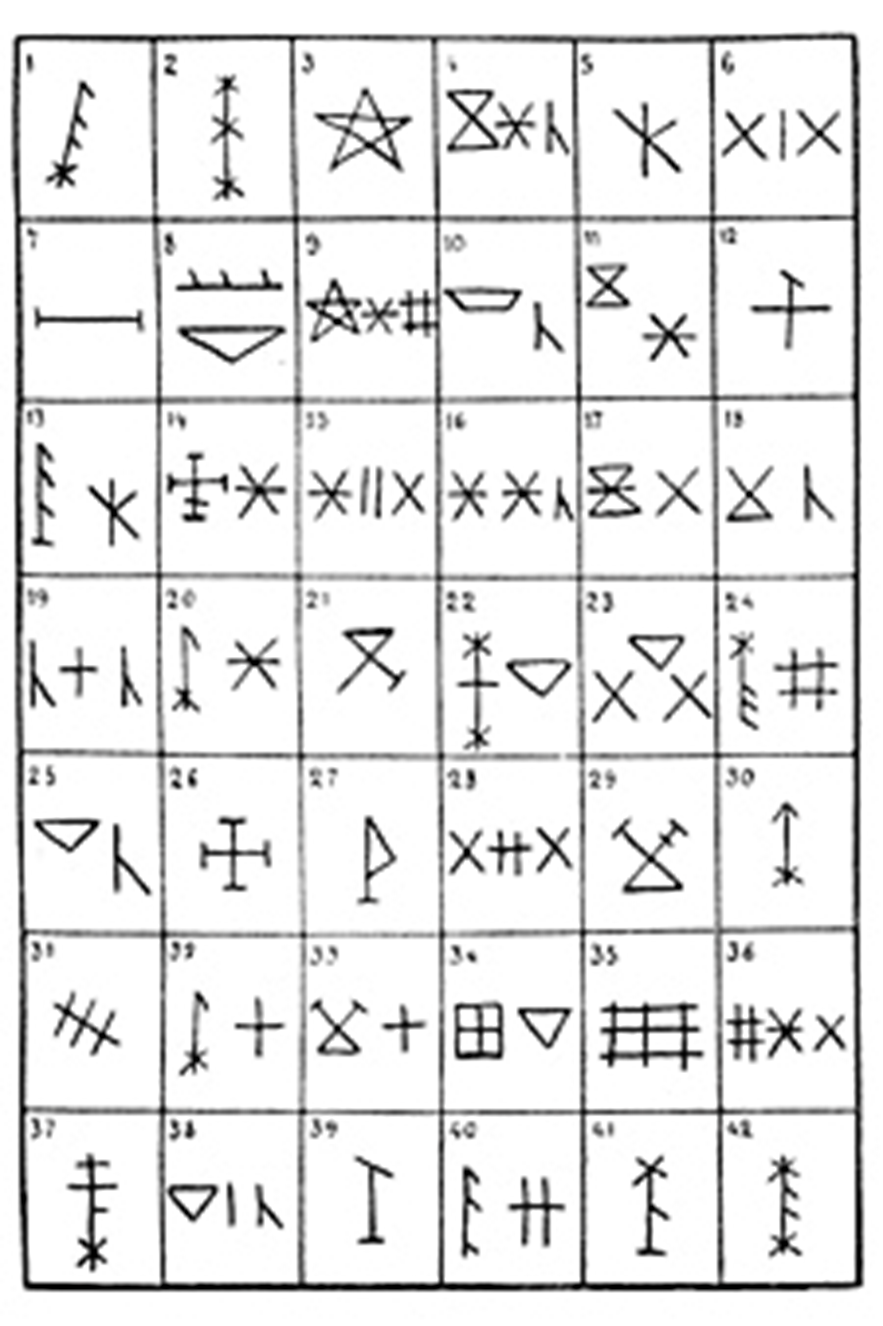
In the past, this “Póvoa’s writing” was also used to remember things like weddings, travel or debts. Sellers used them in their account books. It was widely used because many of the inhabitants were unaware of the Latin alphabet.
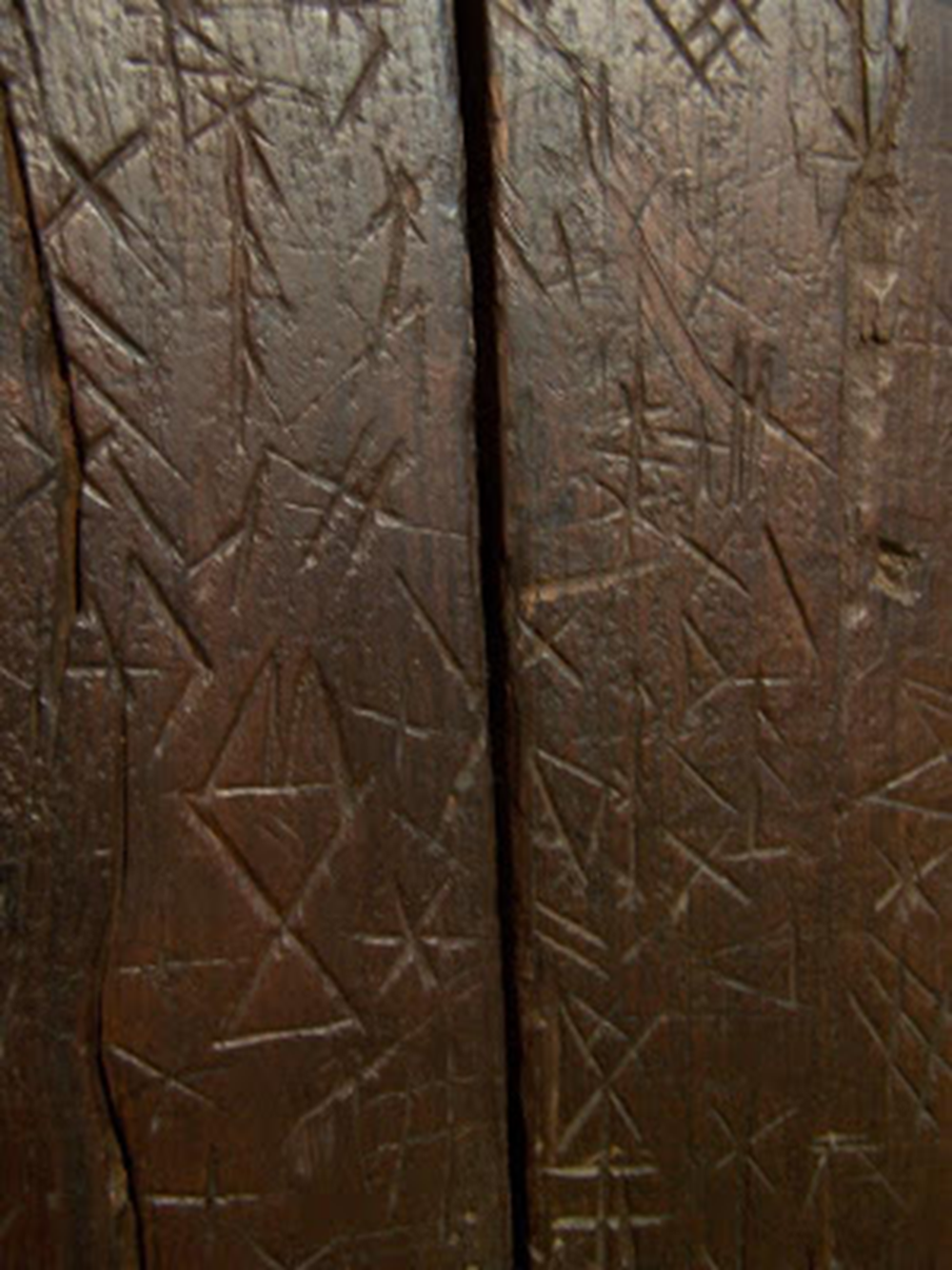
The basic siglas consisted of a very limited number of symbols of which derived from most familiar brands; these symbols include the harpoon, the recoil, the motorboat, the trouble, and the pike. Many of these symbols are quite similar to those found in Northern Europe and generally reveal a magical-religious connotation of protection when painted on the boats.
The Poveiros wrote their sigla in the table of the mother church upon marriage, as a way for recording the event. This usage of siglas can still be found in Igreja Matriz (the mother church since 1757).
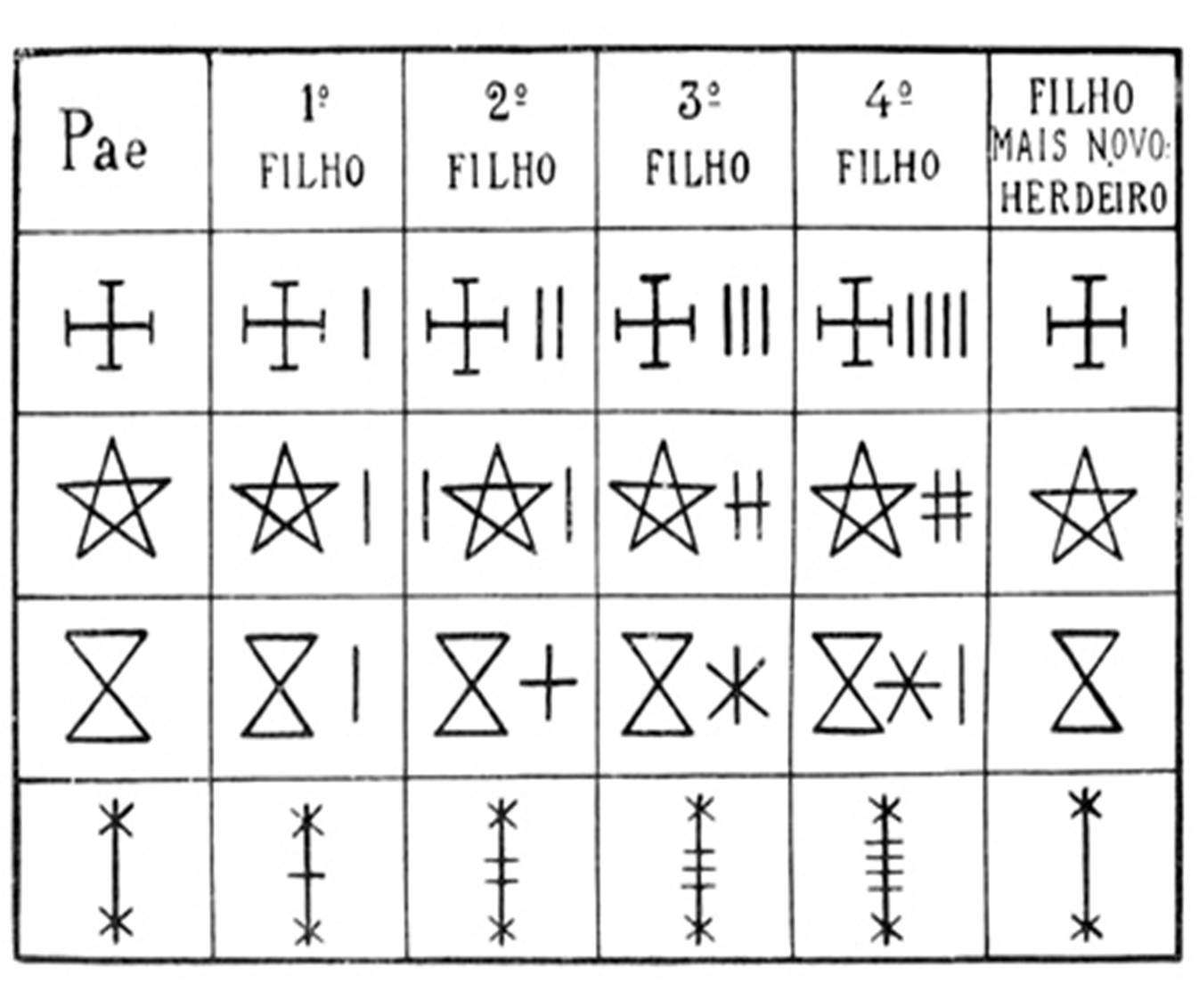
The siglas were passed from father to his youngest son, since in Póvoa’s tradition the heir is the family's youngest son. The other children were given the same symbol but with dashes, called 'pique'. Thus, the eldest son has a pique, the second two, and so on, and the youngest child would have none, thus inheriting the same symbol as his father. The youngest son is the heir of the family, as he was expected to take care of their parents when they become elderly.
The Dialogue with the Artists’ Artwork
Following the reflections undertaken by researchers and teachers, the main feature of the work carried out by the students within the project was the dialogue which was initiated when looking at selected artwork.
In this dialogical process, through listening/reading the artwork, creating and recreating meaning and expressing meaning in one’s own voice, participants gained awareness of their own existence and their connection to others.
The pictures of students’ and artists’ artwork are presented as samples of these dialogues:
- Liliana + Eduard Ovcacek

- Ana & Daniel + José de Guimarães
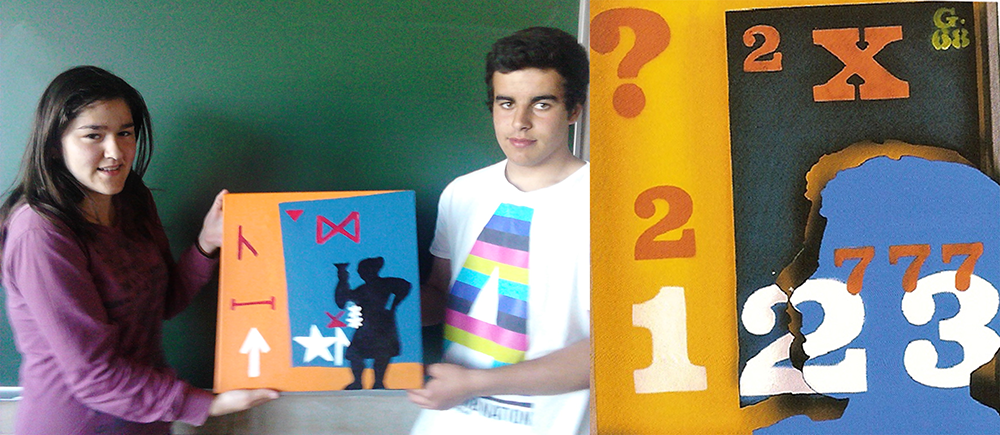
- Ruben & Rita + Lucie Tatarová
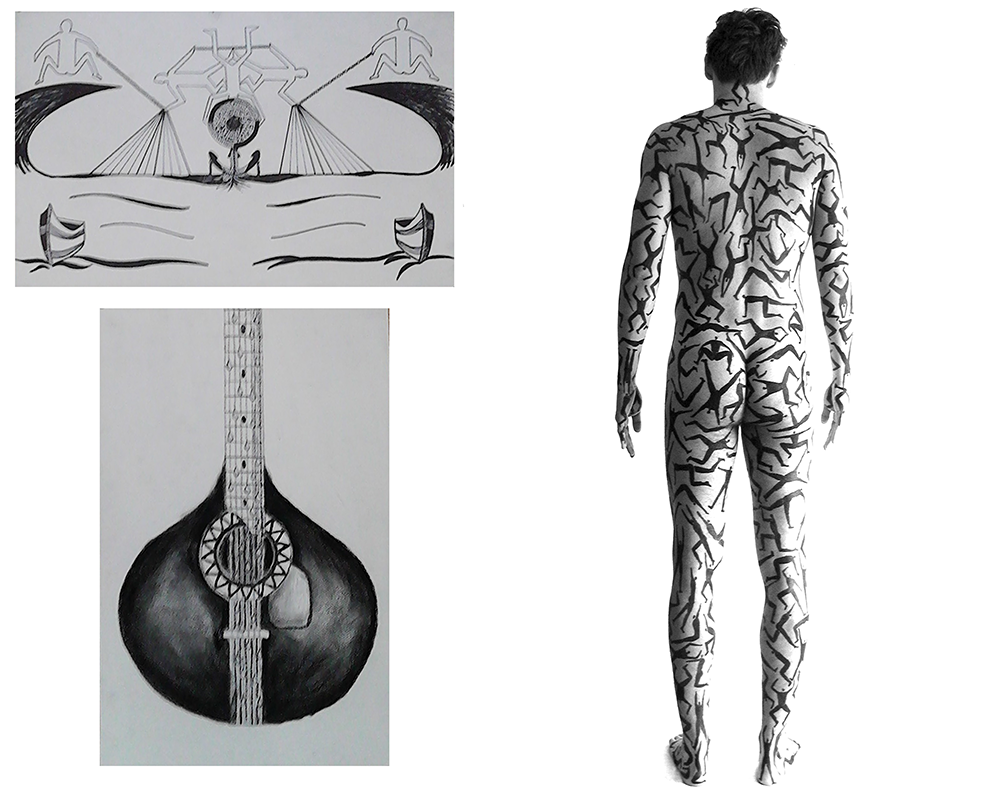
- Patrícia + António & Nuno + Nuno Barreto
